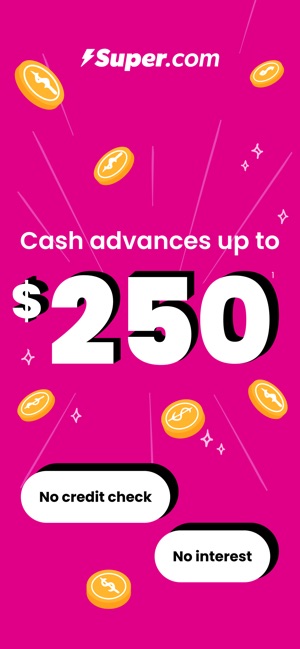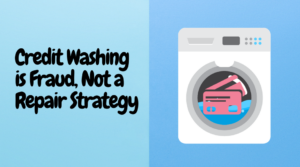Cash advances are convenient but it’s important to understand the associated fees and drawbacks before considering this type of loan.
What is a credit card cash advance?
A credit card cash advance is a short-term loan taken against your credit card limit. This allows you to access cash from your credit line. It’s important to note that credit card companies distinguish between these two transaction types, and they may not treat them equally.
5 facts about credit card cash advances
1. High Costs and Fees. One crucial fact about credit card cash advances is that they often come with high costs and fees. In addition to a cash advance fee, which is typically a percentage of the withdrawn amount, you may also incur higher interest rates than those associated with regular credit card purchases. The interest often starts accruing immediately, with no grace period.
2. Different Interest Rates. Credit card companies commonly apply different interest rates for purchases and cash advances. According to Federal Reserve data for July 2023, the average APR across all credit card accounts was 21.19% The interest rate for cash advances is typically much higher. It’s important to be aware of these rates and understand how APR impacts the overall cost of borrowing.
3. No Grace Period. Unlike regular credit card transactions that often have a grace period before interest accrues, cash advances usually start accumulating interest from the moment the transaction occurs. This lack of a grace period can make cash advances a more expensive form of borrowing compared to other credit card activities.
4. Credit Limit Constraints. Your credit card cash advance amount is limited by your overall credit limit. It’s essential to be mindful of this constraint, as exceeding your limit can result in additional fees and penalties. Understanding your available credit and the associated costs is crucial to making informed decisions.
5. Impact on Credit Utilization and Score. Taking a credit card cash advance can affect your credit utilization ratio, which is the ratio of your credit card balances to your credit limits. High credit utilization can negatively impact your credit score. Additionally, the act of taking a cash advance may be seen as a financial strain, potentially influencing how lenders perceive your creditworthiness in the future.
How to get a credit card cash advance
You can obtain a credit card cash advance through various methods:
- ATM withdrawal: Use your credit card at an ATM, similar to a debit card withdrawal.
- Bank teller: Visit a bank and request a cash advance using your credit card and ID.
- Convenience checks: Some credit card issuers offer checks you can use to access cash.
- Via your credit card issuer online dashboard: Your online credit card platform or mobile app may offer a cash advance feature.
When should you consider a cash advance?
Cash advances are generally not the most cost-effective option for accessing cash. However, they can be useful in limited situations, such as:
- Emergency expenses. For unexpected expenses you cannot afford with your existing funds.
- Travel. Accessing cash in foreign countries where debit cards might be less accepted.
- Large purchases. If you need to split a large purchase into smaller installments and cannot qualify for a 0% APR balance transfer offer.
How banks determine credit card cash advance fees
Credit card cash advance fees are determined by your credit card issuer and can vary depending on several factors.
Here’s a breakdown of the main ways they are calculated:
- Percentage of the advance amount. This is the most common way cash advance fees are calculated. Typically, credit card issuers charge a fee of 3% to 5% of the total amount withdrawn. For example, if you withdraw $100, you would pay a cash advance fee of $3 to $5.
- Flat fee. Some issuers charge a flat fee for cash advances, regardless of the amount withdrawn. This fee typically ranges from $5 to $10.
- Higher of percentage or flat fee. Many issuers use a combination of both methods, charging whichever amount is higher: the percentage of the advance amount or the flat fee. This ensures they receive a minimum fee even for small withdrawals.
Additional fees related to a cash advance
Besides the standard cash advance fee, you might also incur additional fees, such as:
- ATM fees. If you withdraw cash from an ATM that is not part of your issuer’s network, you may be charged an ATM fee by the ATM owner.
- Foreign transaction fees. If you withdraw cash in a foreign country, you may be charged a foreign transaction fee by your issuer.
- Balance transfer fees. If you transfer your cash advance balance to another card, you may be charged a balance transfer fee.
Alternatives to credit card advance advances
Before resorting to a cash advance, consider these alternatives:
- Personal loan. Lower interest rate personal loans offer longer repayment terms compared to cash advances.
- Balance transfer. Transfer high-interest debt to a card with a 0% APR introductory period.
- Line of credit. Get more flexible access to cash and potentially lower interest rates than cash advances with a line of credit.
- Emergency fund. Building an emergency fund can help cover unexpected expenses without resorting to high-cost credit options.
Conclusion
Credit card cash advances can be a convenient option in certain situations, but they come with significant costs. Before resorting to a cash advance, explore alternative options and carefully consider the fees, interest rates, and potential impact on your credit score.
Remember, cash advances should be only be used when absolutely necessary and as a last resort. Paying a cash advance off immediately can reduce the cost of this type of credit.


















